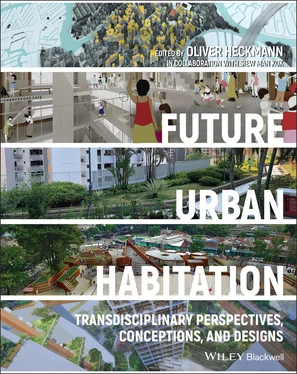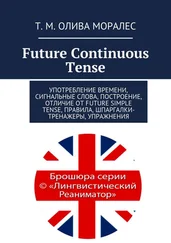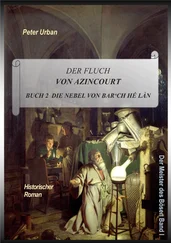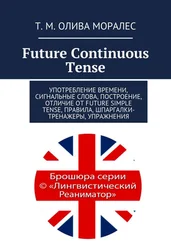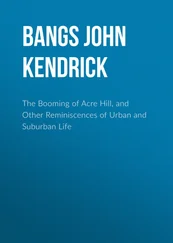Radars Project: Mobilizing the Neighbourhood for the Care of the Elderly
One of the most outstanding community initiatives in this sense is the Radars project, promoted by social services since 2008. The project is especially for senior citizens over the age of 65 who live alone or with another elderly person, as well as those who have a limited support network and/or autonomy, which can make them feel lonely. A network of ‘Radars’ is created (neighbours, shopkeepers, neighbourhood associations, etc.) who watch over the elderly people in their area and informs social services professionals if they detect potential risks. This detection also involves neighbourhood health centres and pharmacies, who intervene as ‘specialised radars’, as they also help to resolve problems. Furthermore, the Radars project is geared towards developing actions in coordination with neighbourhood organizations and local facilities (neighbourhood and civic centres, libraries, etc.), which foster a connection between senior citizens and their neighbours. It is a way of helping to create social connections and combat social isolation. 2
Radars can be interpreted as the activation of dynamics that return to what had previously existed in a natural and plentiful way in nearly all the city's neighbourhoods, influenced by values, social norms, and needs that gave local relationships a central role in everyday life. People counted on the support of the community, of their neighbours. To a lesser or greater degree, this way of living the neighbourhood, of experiencing and feeling it as if it were a small town – as indeed the old centres of many modern‐day Barcelona districts were – has been progressively lost. However, one of the risks of the Radars project – or of any strategy that promotes mutual aid – is that it does not explicitly include mechanisms that foster equity in care, which means that the burden of neighbourhood co‐responsibility continues to fall on the shoulders of women (Moreno‐Colom 2018). This is one of the challenges that has to be faced up to henceforth.
B‐MINCOME: Exploring a Minimum Income Scheme Together with New Community Interventions
From a wider perspective, and beyond the Radars project, there is the idea of progressively implementing social actions based on methodologies that have a very territorial approach and which are aimed at developing significant community intervention experiences with people in situations of greater vulnerability. This would mainly divided into three aspects. Firstly, it means working with people from the same area in order to collectively detect material and non‐material needs (in education, housing, nutrition, care, coexistence, culture, etc.) as well as skills, abilities, and concerns. Secondly, it involves supporting them in channelling what has been detected through collective projects (based on principles such as self‐sufficiency, self‐organization and the inclusion of diversity), which can create a feeling of belonging to a group of diverse people but with similar needs and strengthen trust and reciprocity ties. Thirdly, the idea is to promote the connectivity of people with local facilities and services (healthcare centres, educational centres, social services centres, public libraries, civic centres, etc.), local associations, and the rest of the neighbourhood, but also with other neighbourhoods, in order to foster territorial transference, prevent segregation, and create a feeling of connection not only within the neighbourhood but also with the city as a whole. These three aspects help to generate social capital of various kinds (specially bridging and linking social capital, which are open and inclusive), although the third is especially important for obtaining access to resources and opportunities that are to be found outside the most close relational circles, thanks to the new relationships and connections that are established (Granovetter 1973). The combination of various types of social capital can contribute to improve people's socio‐economic position and their participation in political and civic life.
This type of intervention was explicitly put into practice between 2018 and 2019, as part of the B‐MINCOME pilot project, which was co‐funded by the Urban Innovative Actions programme (Laín et al. 2019). It was an innovative project aimed at 1000 households in a vulnerable situation and living in the Eix Besòs, one of the most disadvantaged urban areas of Barcelona. Its main objective was to test the effectiveness and efficiency of a comprehensive two‐year policy that combined an economic benefit (a guaranteed minimum income) with inclusive active policies such as a programme of professional training and employment, a policy to foster social entrepreneurship, and the promotion of local community participation. The latter was mostly based on the community perspective defined in the previous paragraph. In accordance with its experimental design, the project sought to provide data on the effects of perceiving the benefit as being conditioned or not conditioned on carrying out one of the policies, and perceiving them as being limited or not limited to additional income. Various analytical strategies were developed which took into account the various ways of participating (one of them inspired by the concept of Universal Basic Income), as well as a comparison with a control group. All in all, the aim of the project was to provide participants with more tools to embark on their own strategies for getting out of the vulnerable situations they found themselves in. It also put into practice a way of doing social policies aimed at reducing dependency on public subsidies and private aids, promoting new collaborations with the third‐sector organizations located in the Eix Besòs area and to focusing on an integrated, community, and territorial perspective.
What we have described up to this point illustrates new practices for coordinating the social and territorial reorganization of care as part of local welfare systems. The challenge lies in recognizing its quality, often considered to be secondary, as being equally decisive for increasing the degree of people's freedom to tackle life's ups and downs, whatever the state of vulnerability they find themselves in.
On the Horizon: A New Social Model for the City Organized into Integrated Superblocks?
The innovative policies we have described move Barcelona towards a new social city model, based on a territorial and community approach. The idea of ‘superblocks’ means delimiting intervention to a small, more or less fixed, territorial scale, but which has to always be adaptable in order to respond to changes in population needs and densities. A superblock is a way of delimiting the management of services as well as the unity of people's surrounding area or neighbourhood; the nearest urban habitat, both physically and socially. This way of approaching the care of people is the basis of a new social city model, and given the COVID‐19 crisis, this seems to be an appropriate way of moving forward. Proximity and community are revealed as the two pillars involved in caring for people who live in Barcelona, starting with the care of senior citizens – as we have seen – but which should be followed by other issues.
In this sense, the micro‐areas programme in the city of Trieste is a source of inspiration and learning (Rotelli et al. 2018; Salvini 2016). The strategy was promoted in 2006, but it has its origins in the deinstitutionalisation of mental hospitals in the 1960s and 1970s, led by psychiatrist and neurologist Franco Basaglia. It is a territorial coordination strategy for social and healthcare services, social housing, and third‐sector organizations, in order to jointly respond to the needs of the residents in previously delimited fragile urban areas (micro‐areas). The micro‐areas are devices that ensure the comprehensive care of and with local residents. Dividing the City of Barcelona into integrated superblocks allows delimiting the two lines of action mentioned above (proximity and community) and specifying the conditions and opportunities needed to make this model effective. We list some of them here.
Читать дальше
